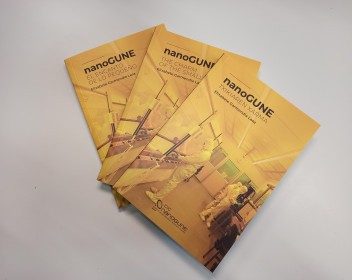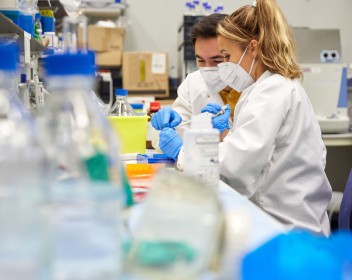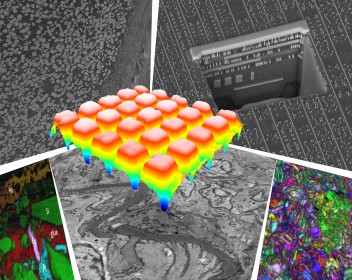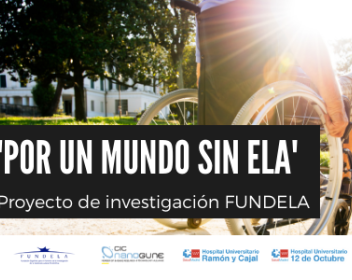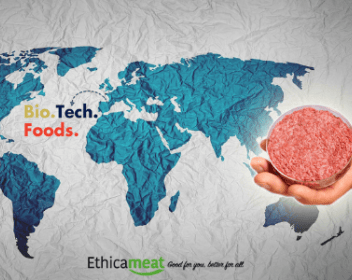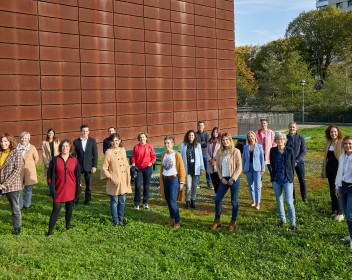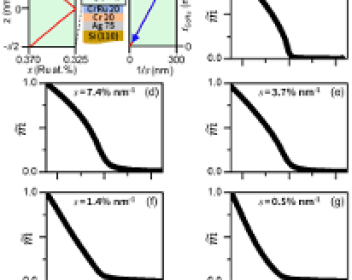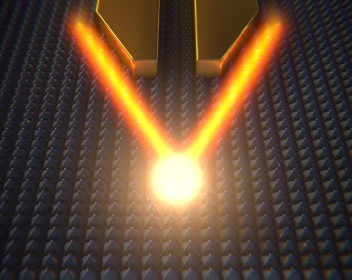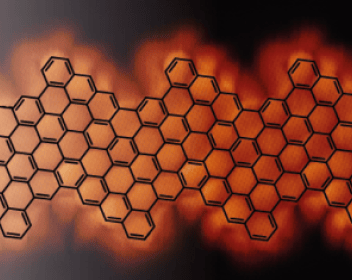Newsroom
News
NanoGUNE, the big challenge of the small, also in Spanish and English
The book “NanoGUNE, txikiaren xarma” dealing with the setting-up and development of the CIC nanoGUNE research center from its very beginnings was presented in January 2021. After its splendid one-year run, the book has now been translated into Spanish (NanoGUNE, el encanto de lo pequeño) and English (NanoGUNE, the charm of the small) and is available to the general public.
NanoGUNE opens the registration period for the summer internship program
CIC nanoGUNE to expand its Electron-Microscopy facility with a unique FIB instrument
The Ministry of Science and Innovation of the Spanish Government has awarded 1.5 million euros to nanoGUNE aiming to bring principally new Focused Ion Beam technologies to the Basque Country. The equipment will be a state-of-the-art focused ion beam electron microscope, which will combine features that are not normally present together in a single instrument: an extensive set of detectors for materials science applications; the large volume removal option targeting for batteries sector and industry; and a cryo option, typically dedicated to biological applications. This combination of features in a single instrument will be unique in Europe and will also provide new research opportunities in materials science related to low-temperature physics and in biological sciences related to cryo-cell tomography. This instrument will be the base for a common research facility, one of a few in Europe.
CIC nanoGUNE is awarded a project to investigate amyotrophic lateral sclerosis (ALS)
The Spanish Foundation for the Promotion of Research into Amyotrophic Lateral Sclerosis (FUNDELA) has awarded CIC nanoGUNE, a project to conduct research into amyotrophic lateral sclerosis (ALS), in collaboration with the ALS laboratory of the 12 de Octubre Hospital - “i+12” and the Genetics Service of the Ramón y Cajal-IRYCIS Hospital, belonging to the Center for Biomedical Research Network on Rare Diseases (CIBERER).
Brazilian giant JBS invests 36 million in the Basque cultured-meat producer BioTech Foods
Emilio Artacho APS Fellowship in 2021
Emakumeak Zientzian goes on adding to itself
Through the signing of a new collaboration agreement seventeen Basque organizations are joining forces around the Emakumeak Zientzian project, thus declaring their commitment to the objectives of the initiative: to make the activity of women in science visible, to break with the typically male roles attributed to scientific and technical activities, and to encourage girls and adolescents to choose scientific careers. With these objectives in mind, the organizations are coming together to run a joint program of activities to mark International Day of Women and Girls in Science, which is held every year on February 11.
Overriding Universality via nano-scale Materials Design
In a recent article published in Physical Review Letters (Phys. Rev. Lett. 127, 147201 (2021)), researchers from the Nanomagnetism group at nanoGUNE in collaboration with scientists from the US and Colombia have demonstrated that it is possible to design thermodynamic critical exponents a la carte and override the universality of phase transition behavior, which was previously understood to be only dependent on the dimensionality of sample and order parameter.
Researchers develop an innovative strategy to focus infrared light into the nanoscale
An international team of researchers, including members of nanoGUNE's Nanooptics group, publish in “Science Advances” the grounds for the realization of nanodevices that, based on the manipulation of light at the nanoscale, promise the development of extraordinarily sensitive biosensors. The researchers also designed gold nanoantennas that allow obtaining extremely small (600.000 times smaller than the size of a grain of sugar) and bright focal spots. This achievement opens new avenues for the detection and control of single molecules, such as glucose, and atmospheric contaminants.
Graphene nanoribbons for emerging quantum technologies
A multidisciplinary group of research teams, working in the framework of FET OPEN Project SPRING (www.springfetopen.eu), report that certain stripes of graphene called graphene nanoribbons (GNRs) acquire the anomalous topological state of matter when narrowed down to just a few nanometers in width. The research has been recently published in Nature Communications.
Agenda
| Mon | Tue | Wed | Thu | Fri | Sat | Sun |
|---|---|---|---|---|---|---|
|
1
|
2
|
3
|
4
|
5
|
6
|
7
|
|
|
|
|
|
|
|
|
|
8
|
10
|
11
|
12
|
13
|
14
|
|
|
|
|
|
|
|
|
|
|
15
|
16
|
17
|
18
|
19
|
20
|
21
|
|
|
|
|
|
|
|
|
|
22
|
23
|
24
|
25
|
26
|
27
|
28
|
|
|
|
|
|
|
|
|
|
29
|
30
|
31
|
1
|
2
|
3
|
4
|
|
|
|
|
|
|
|
|
Events
- 04/02/2026 to 06/02/2026
nanoGUNE Winter School 2026
nanoVISUALS
Find events' photos, experimental images, videos, audios, and nanoGUNE's corporate images.

